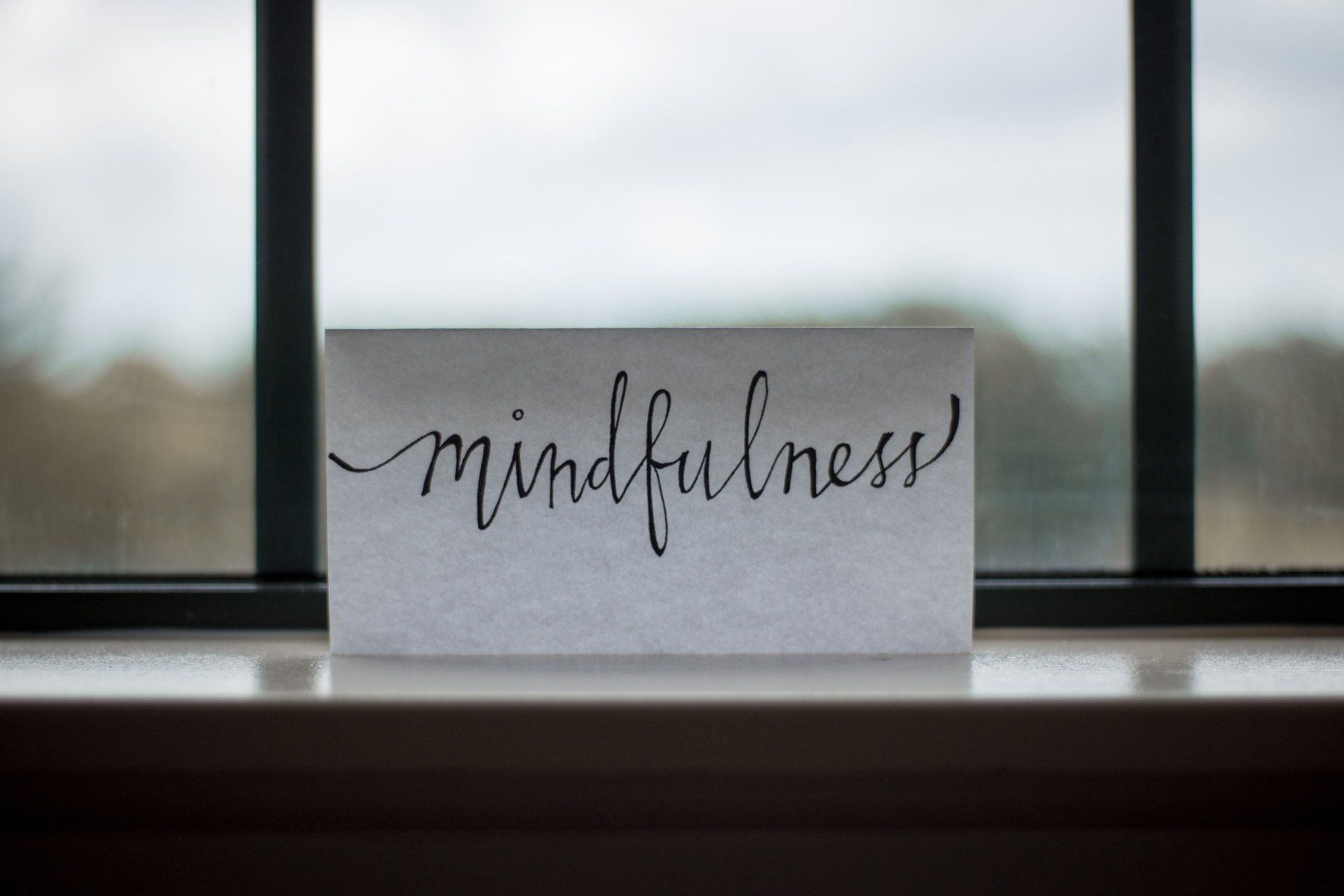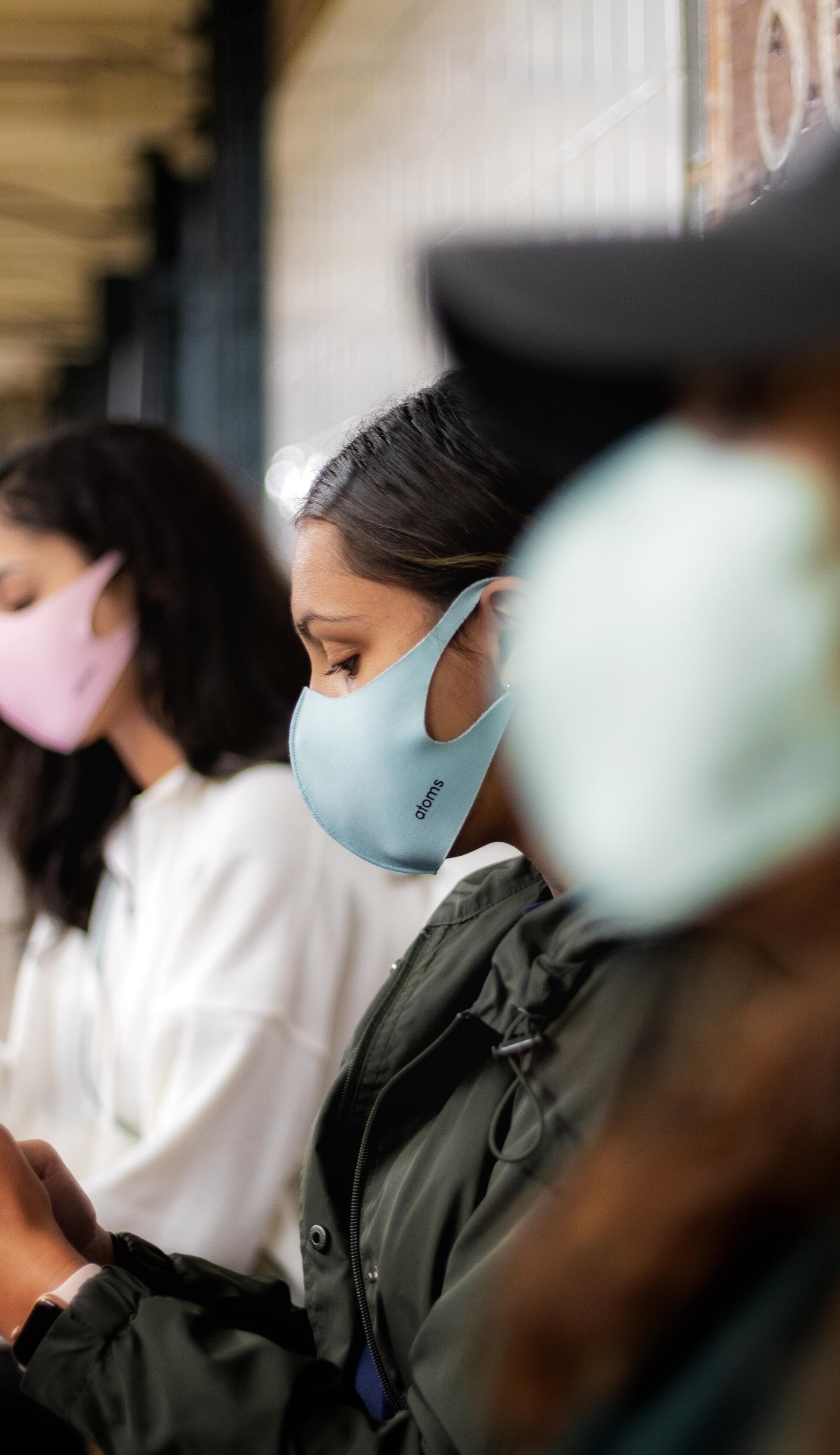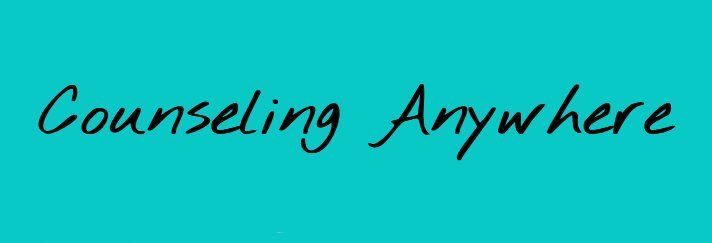How Do You Cope When A Loved One Has An Addiction?
https://www.mentalhelp.net/contributors/schwartz/ • May 9, 2020
How Do You Cope When A Loved One Has An Addiction?

One of the toughest problems faced by families today is learning that a husband, wife, son, daughter or another loved one, has an addiction. Whether the addiction is to alcohol or drugs makes little difference to those staring the problem in the face. Upon learning the news of the addiction, the reaction is often shock and dismay.
It is normal for family members to feel crushed, hopeless, frightened and overwhelmed by the problem. Many people react by asking the age old question, “what did I do wrong?” It is also normal to react by appealing to the addicted family member to stop using the drug. (Note: The word “drug” will be used to represent both alcohol and other substances). There is a tendency to appeal to the love and emotions of the drug using individual. Very soon after learning about the problem, many people want to control the person and the situation. They mistakenly believe that they can force the use of substances to end. They think such things as, “If I cry enough, yell enough, control enough, threaten enough, express disappointment enough, threaten divorce enough,” the afflicted individual will stop. In fact, the drug abusing person will probably make all types of promises to satisfy all the demands made by family and friends. Soon after, and with huge disappointment and frustration, everyone discovers that the promises were empty and the addiction either resumed or never ended. For many, this becomes a never ending process of emotional storminess that can affect the health and well being of all involved. Why? The answer is that the addiction simply continues either unabated or with great acceleration.
There is a bitter lesson to be learned by every loved one who ever had to deal with this tragedy. That lesson is that there is nothing anyone can do to stop the addictive process. This creates huge feelings of helplessness. In fact, from beginning to end, coping with someone who has an addiction, leaves everyone totally frustrated and helpless.
So, how does one cope?
There is no easy answer to the question of “how to cope.” Where a marriage is concerned, there is always the possibility of divorcing the spouse who is abusing substances and sometimes that is the only way out of the situation. However, as many have pointed out to me over the years of working in this area, “you cannot divorce your children, even if they are now adult addicts.” This is true, of course. Also, is it not insensitive and cruel to divorce a spouse who is ill with drug abuse?
Harvard Medical School publishes many useful and informative manuals for public consumption that deal with health and mental health issues. One of them is called “Overcoming Addiction: Paths toward recovery,” a Special Health Report. This and many other manuals can be ordered at:
http://www.health.harvard.edu
If you want to read their specific article, titled, “When a loved one has an addiction” it can be found:
https://www.health.harvard.edu/healthbeat/HEALTHbeat_011309.htm
The Harvard report on drug abuse points out that loved ones must take good care of themselves first. They compare this idea to the instructions given during air travel and it is that each passenger must first put on their oxygen mask before helping anyone else, whether someone who is a child or an elderly person.
This notion that each and every individual must first care for their self is vitally important in learning to cope with the addiction of another person. If family and friends make themselves ill over the addiction, it will still not put a stop to its steady progress.
This is the reason why it is important for family members to attend either Al anon or Ala teen meetings. Al-anon is for adults coping with a spouse, child, friend, or family member with an addiction and Ala-teen is for young people whose lives have been affected by someone else’s drinking. They are both off shoots of Alcoholics Anonymous. These meetings are free and are comprised of other family members who are coping with the same or similar problem. What is most important is the messages at these meetings are that, 1. The addiction is the fault of no one and, therefore both self blame and blaming of others should stop, and, 2. That family and friends have no control over the addictive process and must finally admit to this painful fact. Meeting places for these organizations can be found on the Internet.
In addition to these types of self help meetings (not instead of) it could be useful for family members to enter psychotherapy. The purpose of the therapy is not to help the addict but the family member who is suffering painful feelings of guilt, anger, depression and confusion. If those aren’t enough reasons to seek help then what else is?
Thanks to some of the Television programs that focus on this problem, such as “Intervention,” many are now aware that it is possible to stage an intervention in which the addicted individual is confronted with their problem and encouraged to immediately enter a drug rehabilitation program. It is best that this be planned, organized and led by an expert professional in the field of addiction. There are too many “dangerous land mines” for any family to undertake an intervention on their own.
Here are some additional suggestions made by the Harvard manual:
If someone you love has a problem with addiction, there are some things you can do to help:
1. Speak up. Express your concerns about your loved one’s problem in a caring way.
2. Take care of yourself. Seek out the people and resources that can support you. Keep in mind that you are not alone, and try to remain hopeful. Practical help is available in your community.
3. Don’t make excuses. Don’t make it easier for your loved one to use his or her object of addiction by lying to protect him or her from the consequences of that use.
4. Don’t blame yourself. Remember that you are not to blame for this problem and you can’t control it. Allow the person with the problem to take responsibility.
5. Be safe. Don’t put yourself in dangerous situations. Find a friend you can call for assistance.
6. Step back. Don’t argue, lecture, accuse, or threaten. Try to remain neutral.
7. Be positive. Remember that addiction is treatable. You may want to learn about what kinds of treatment are available and discuss these options with your loved one.
8. Take action. Consider staging a family meeting or an intervention.
9. Focus your energies. Encourage your friend or family member to get help, but try not to push.
10. Remember that the only person you can change is yourself. Don’t hesitate to use available resources to help yourself.
Comments and questions are, as always, encouraged.
Allan N. Schwartz, PhD. Click Here for more information from the Author https://www.mentalhelp.net/contributors/schwartz/

Mindfulness encompasses a variety of definitions although most are similar in concepts. Mindfulness is described as an awareness that arises from purposely paying attention in the present free from any judgements. Mindfulness is a state of awareness of ones emotions, thoughts, and sensations when each occurs. A third definition of mindfulness is a nonjudgmental state of awareness of present experiences. Various interpretations exist dependent on the context in which mindfulness is being examined. For example, mindfulness can be examined in improving emotional regulation and as a coping tool for stress management. Mindfulness is being in the present moment in ones body in a fully conscious state, aware of ones own experiences without judgement or narrative- just being in the moment in the here and now with an acceptance of how things are; being aware of our own thoughts, emotions, sensations without being caught up in them- an outside observer of self with an awareness of the moment. Mindfulness can be used throughout the day when walking, eating, and whenever feeling emotionally “charged” to step back and observe internal experiences. Yoga, meditation, and breathing are a few ways to cultivate mindfulness. Being mindful allows for intentional actions and responses rather than living on autopilot without being aware. The benefits of mindfulness are plentiful, and a regular practice is beneficial for enhancing wellness. Being able to stop and really get into the here and now and out of automatic unconscious living enhances feelings of well-being and an ability to respond more effectively with emotional control. Mindfulness can improve experiences and interpersonal relationships alike. Mindfulness is Intentional Living. Give it a try and see what happens. How do you define mindfulness? How do you cultivate mindfulness in your daily life?

Each day in the United States, an average of 3.1 million COVID-19 vaccines are going into people’s arms. According to an April 9 White House briefing, a quarter of the country's adults are now fully vaccinated. The pandemic is not yet over, but vaccination could soon yield a much more normal life, especially for those who have been vaccinated. The Centers for Disease Control and Prevention, for example, now recommends that fully-vaccinated people can visit with each other indoors and travel without quarantining. But for many, reopening comes with its own set of anxieties. According to APA's Stress in America polling, around half of people say they feel uneasy about readjusting to in-person interaction post-pandemic. Ellen Hendriksen, PhD, a clinical psychologist at Boston University's Center for Anxiety and Related Disorders and author of How to Be Yourself: Quiet Your Inner Critic and Rise Above Social Anxiety , is an expert at clinical strategies for calming anxiety. She spoke to APA about what's driving post-pandemic anxiety and how psychologists can best help. What do you think is driving the anxiety many people are feeling about reopening? Anxiety is driven by uncertainty. There is so much uncertainty right now, from the vaccine roll-out to society reopening to the new normal workplace to the virus and the variants themselves. Every day there is more evidence that vaccines keep us and people around us safe, but there are lingering questions about how long immunity lasts, how susceptible kids are to COVID-19, and when they will get vaccinated. Nobody alive today has ever emerged from a global pandemic into a digital world and navigated this before. We're making it up as we go along, so of course we're anxious. Here at the Center, we have the longest waitlist in our 25-year history. So many people are emerging from the pandemic feeling exhausted, burned out, anxious, or depressed. Collectively, our resources are low, which makes it harder to navigate the layers of uncertainty. How can people handle social anxiety and awkwardness around different levels of comfort as places reopen? The fact that reopening is a moving target makes it difficult to align with other people. You and your bubble might be ready to dine in at a restaurant or get on a plane, but the family next door might have a child who is immunocompromised and is living as they were in January. There are more variables to manage compared with before the pandemic. Plus, social anxiety is driven by avoidance, and we've all been avoiding social interactions for the better part of a year. The fact that we're all rusty is going to make us feel wobbly as we re-enter. It's OK to say we don't know how to do this, and it's OK to ask people what they're comfortable with. That normalizes the uncertainty and awkwardness, and it's quite validating to say, “What are we doing?” or “How does this work?” It can help you feel like you are united with the other person against this larger problem, as opposed to negotiating one against the other. This is a strategy borrowed from couples therapy, where it is often highly effective. How can people feel more comfortable with re-entry? There's one question I've been getting over and over from people who struggle with social anxiety. They'll say, "I did so much work pre-pandemic to get to the point where I could give a presentation or raise my hand in class." They’re worried they’ll be back at square one when they are again in large groups. But social confidence is like a muscle. If you have done work on your social anxiety in the past, that architecture is still there. It will feel awkward at first, but it will come back faster than the first time around. As for feeling comfortable returning to everyday activities, there are dozens of points of re-entry. There will be a first time on public transportation, a first time in someone's house, a first time taking a rideshare. We'll work our way up to large gatherings. Just because you feel rusty or nervous doesn't mean you're doing it wrong. It means you're getting back out there. Your brain will recalibrate with experience. We all need love, support, and community. Studies show that the quality of our relationships predict our future health, happiness, and even longevity, so it's worth it to push ourselves a little to get the interaction we all need, even if we are the most introverted of introverts. What should psychologists keep in mind for helping their clients right now? Psychologists have a big job ahead of us. It may be hard to balance supporting and pushing our clients simultaneously. It’s important to support each individual’s comfort level and choices, but psychologists also need to notice and address life-limiting avoidance. These are anxious, uncertain times, but there is also a sense of hope and renewal. It is an honor that we as psychologists get to play a leading role. Article by Stephanie Pappas from the American Psychological Association (APA)

Imagine you are sitting in a car, and you are driving down a lonely highway. Suddenly, in the middle of nowhere, a warning light goes off. Your oil pressure is very low. If you just ignore it and continue your drive, you run the risk of doing serious damage to your engine. You know you can get a tow, but this is going to take a while. As you are considering your next step, you suddenly remember a trick about how you can short circuit the warning light. This would not change anything about the engine—it would still be starved for oil—but the low-pressure signal would no longer be blinking on your dashboard, and you could ignore it more easily. Here’s the question: Should you do it? Unless you are seriously intoxicated (at which point you shouldn’t be driving at all), you won’t hesitate to say “no” to that impulse. Rightly so. Turning off the light will not do anything for you. The light is just the messenger, and not the problem in itself. Instead, you would be better advised to take in the information and deal with the situation. This is easy and intuitive to understand when it comes to external problems like car maintenance. It’s much more confusing, however, when the problems occur internally. When we are confronted with difficult emotions like anxiety, depression, stress, grief, anger, or loneliness, we are quick to search for the off-button on our emotional dashboard instead of taking in the messages they contain. Make it stop! Give me the wine and cigarettes. Let me cancel this appointment. Engage me on social media. Show me the movies and video games. Do whatever, but just make it stop! This is often our first response when difficult emotions show up: We try to mute the signal. But emotions are not the problem. They are merely messengers. And the messages they carry deserve at least to be heard. They often contain important lessons, and can call us to helpful actions. Often they show us opportunities. What Emotions Can Signal Fear might show us that danger is up ahead, and we better prepare ourselves. Loneliness might urge us to prioritize close relationships. Grief might open us up to what is important and meaningful to us, while calling out for social connection and support. Your dashboard doesn’t need to be covered up. It needs gentle attention. No, the dashboard isn’t everything—you still have a road to see and navigate. When emotions arise, you can ask yourself: “What am I feeling right now?” and “Where can I feel it?” and “What does my emotion ask me to do?” and “What does this suggest I am yearning for?” No one turns their driving over to a dashboard, but questions like these help our emotions play their proper role. If it were just negative emotions, this “turn off the indicator” move would be bad enough, but we are similarly incompetent when it comes to positive emotions. Imagine noticing on your car’s dashboard that your fuel tank is full. Oh, joy! You want it to stay this way, and so you decide to rewire so that the gauge always remains full. And people avoid positive emotions too! When we feel joy, we sometimes focus on how we will feel when it goes away, so we try never opening up to joy at all. That would be like the person who just disconnects the fuel gauge altogether so that she will never be disappointed when the fuel runs out because she never allowed herself to notice it was full in the first place. All of this is self-defeating, and yet it’s exactly what many of us do when we feel happy or sad or anxious or hopeful or depressed or satisfied. We like feeling this way, and never want it to stop, and so we cling onto this pleasant feeling, in the hopes of never losing it. Or we detune so it won’t be noticed when it stops, as if being numb is the definition of happiness. We dislike feeling this way, so we push it away as if feelings are the enemy. Feelings are not just about like and dislike. They are how our past and present impact us. They help train our ability to notice what is present, based on what we’ve experienced in the past. They’re like dashboard gauges that help us adjust to the challenges of our life journey. Emotions are temporary. They aren’t meant to be avoided, nor are they meant to be clung to. They are meant to come and go, flowing through you in their own time. They contain important lessons when things are off, and beautiful rewards when things fall into place. Allowing emotions to be there when they occur, to listen closely to their message, to feel them fully with neither clinging nor needless defense, allows them to serve their proper role. Your emotions are not the problem, so feel fully, embrace the change, move forward, and learn how to drive. For more on the Author: Steven C. Hayes, Ph.D.


